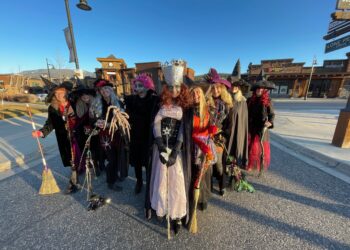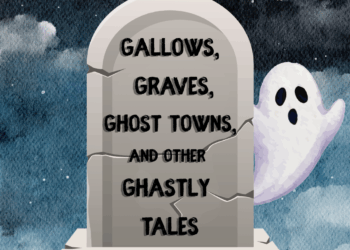The playful river carnivore
By Karen Filipovich EBS Contributor
First the slinky motion catches your eye. Perhaps a brown head breaks the water’s surface as you glide by or you see that classic undulating motion as they bounce along the river bank and plunge into the water. You’ve spotted northern river otters.
The northern river otters are semi-aquatic relatives of wolverines and weasels. They appear relatively abundant in southwest Montana, according to Kerry Foresman, professor emeritus at the University of Montana’s wildlife biology department.
“[Otters need] clean water, good vegetation along the bank and minimal amounts of trash collecting in the river and backwaters,” he said. Otters are sensitive to water pollution, especially if it starts to eliminate streamside vegetation as it did on the Clark Fork River.
Otters typically raise their young, called pups, in dens vacated by muskrats or beavers. Otters are active year-round, but since pups are typically born during spring, families can be seen in summer and fall. Groups are most frequently a mother with her pups, but siblings often stick together after leaving their mom.
Suckers and whitefish are an otter’s preferred fish. “They prefer the slower swimming sucker to a trout that they have to expend a lot of energy chasing,” Foresman said. Crayfish, other aquatic invertebrates and even muskrats round out their diet according to the Montana Fish, Wildlife and Parks field guide.
Otters can handle quite a bit of human company as long as they have healthy riparian areas and clean water. In cases where homes were built near rivers, Foresman says, “a riparian buffer would suffice to allow otters to continue to frequent an area.” Similarly, he noted that otters seem unaffected by nonmotorized boating.
Kristin Gardner and Valerie Bednarski from the Gallatin River Task Force saw three otters while monitoring water quality on the Gallatin River near the Yellowstone Park boundary in August. They watched the playful carnivores dive in and out of the water, a somewhat rare treat.
Otters live in the Gallatin, but are not always easy to spot. Gardner says that she hadn’t seen a river otter in that spot in over ten years.
According to Mike Donaldson of Gallatin River Guides, whose fly-fishing guides are on the river most days throughout the fishing season, the guides often spot otters down in the canyon, while he’s personally watched them at the stretch of river at Karst.
Foresman advised otter-seekers should check areas with braided channels and logjams. In winter, their tracks are easy to spot along the snow. He said to look for “latrines” that the otters use to mark areas with scent.
If you’d like to see more northern river otters up close, the Bear and Wolf Discovery Center in West Yellowstone recently opened an exhibit that shows river otters in the context of Yellowstone’s riparian areas.
Enjoy the playful otters when you see them and remember Donaldson’s advice if you are fishing: “The rule of guiding is if you see an otter in the area you are fishing go find another area!”
Karen Filipovich is a facilitator and consultant in the Bozeman area.














